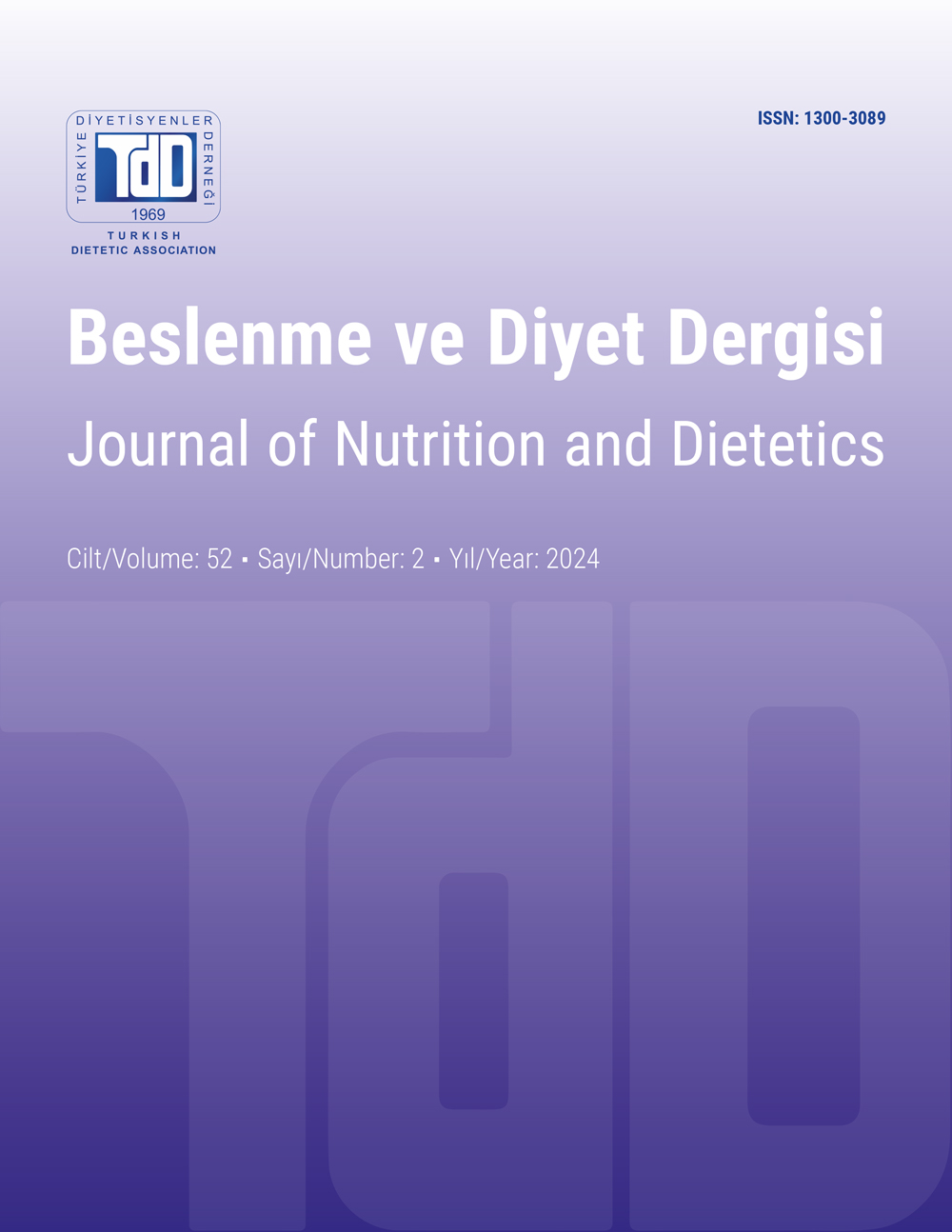Evaluation of Breakfast Consumption and Nutritional Status of School-Age Children According to the Attended Schools
DOI:
https://doi.org/10.33076/2024.BDD.1850Keywords:
Nutrition, Breakfast, Obesity, school-ageAbstract
Aim: This study aimed to evaluate the nutrition, and breakfast consumption status of school-age children, and the foods and beverages they prefer during the day according to the attended schools.
Subjects and Method: The study was conducted with 615 volunteer male and female students between the ages of 9-15 (studying in primary school, secondary school, and high school) who were randomly selected without any health problems, 304 of whom were from public schools and 311 from private schools. Data was collected through face-to-face interviews with students using a survey form. The survey form consisted of questions about the students’ demographic information, breakfast consumption and nutritional habits. Students’ body weight and height were measured. According to the BMI percentile group for age, those between ≥3rd-<15th percentile (≥ -2SD- <-1SD) were considered underweight, those between ≥15th-<85th (≥ -1SD- <1 SD) percentile were considered normal, and those between ≥85th-<97th percentile (≥ 1SD- <2 SD) were considered overweight.
Results: The ratio of students who were above the normal body weight for age (≥85. percentile) among the students studying in public and private schools were 32.9% and 27.3%, respectively. More than half of children in public and private schools consume breakfast every day. Children studying in public schools mostly consume eggs (27.0%), white cheese (24.3%), toast (21.7%), olives (19.1%), tomato-cucumber (18.1%), sausages (15.1%) for breakfast. Children studying in private schools mostly consume eggs (25.4%), toast (21.5%), white cheese (16.0%), bread (15.4%), olives (12.2%), and breakfast flakes (11.2%), tomato-cucumber (11.2%). It was observed that public school students were consuming toast, bagel-pastry, sandwiches, hamburgers, tea, dairy products (flavored milk, ayran, milk) more than the private school students. It was determined that the consumption of pizza, biscuits, candy-sweeties, chocolate, coffee, ice tea, acidic beverages, fruit juice, mineral water, and flavored natural mineral drink in private schools was higher than that of students in public.
Conclusion: In this study, it was concluded that the places where children consume breakfast, and the food and beverage preferences they prefer for breakfast and during the day differ depending on the school they attended. It is thought that raising awareness and making students aware of healthy nutrition in schools will contribute to students’ preference for healthy foods.

